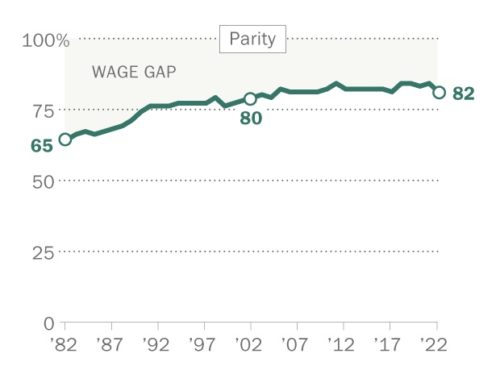In my course at Fordham, Currents in Courage, we read To Kill a Mockingbird, Harper Lee’s Pulitzer Prize winning book. The infamous persecution, trial, and lifelong suffering of nine innocent black boys, accused falsely of raping two women inspired Harper Lee to tell their story through the false accusation of Tom Robinson who was defended by Atticus Finch. Many of us remember the wonderful movie, To Kill a Mockingbird, in which Gregory Peck played the courageous southern lawyer who despite the racist attitudes of his community defended Tom Robinson. In truth, no southern lawyer would defend the blacks. Instead, their original counsel, a real estate lawyer urged the blacks to plead “guilty.”
The saga of the Scottsboro boys, who were arrested on the night of March 25, 1931, ultimately led to several famous Supreme Court decisions that stayed the execution of eight of the nine black youths. Unfortunately, even “liberals” in Alabama could not understand the nationwide sympathy for the Black youths. That is, Alabama liberals cited the state’s willingness to try rather than summarily lynch the black youths as proof of justice. Over time, the case highlighted the legal injustice that prevailed in the Deep South during the 1930’s. That is, the Supreme Court ultimately held that the conviction of the Black youths was illegal for several reasons: 1) The Black youths were not represented initially by competent counsel and 2) Despite the preponderance of Blacks in the region, no Black served jury duty in Alabama during that era; thus, the Blacks were not tried by their “peers.”
Stated briefly, the nine black youths were accused by two promiscuous white women, Victoria Price and Ruby Bates, or raping them. Ultimately, evidence surfaces that these white women had in return for some monetary compensation had consummated sex with white men in the days preceding their accusations. The true circumstances were quite different. In fact, the nine black youths had engaged in a fight with some white boys on a train, and had forced the white boys off the train. All of the participants, Victoria Price, Ruby Bates, the white boys, and the black boys were guilty of the misdemeanor of riding the train without paying. The two girls accused the Black boys of rape to avoid being charged with illegally riding on the train. Ultimately, Ruby Bates recanted her testimony; however, because she was clothed and compensated by the Communist Party, her exoneration of the Blacks failed to convince the conservative all white Alabama jury.
The police coerced the Black Youths of falsely admitting “raping the girls.” That is, the Black youths, not being represented by counsel, were coerced into accusing each other of committing rape. After many years, the defendants were eventually acquitted, paroled or pardoned. However, their long prison service made many of them dysfunctional in civilian life. That is, being “raped in prison” by other inmates, their lack of education, and the mental anguish of being on death row for many years mentally scarred almost all of the defendants.
In two trials in Alabama, eight of the nine black youths were sentenced to death. Only seventy-two hours prior to their execution did the Supreme Court order a stay based initially upon the lack of competent counsel to defend the Blacks. After a second conviction, the Supreme Court ruled that the Blacks were illegally sentenced because the jury was composed only of all white men, and therefore lacked appropriate Black representation.
The defense of the Black youths resulted in a conflict between two competing groups, the National Association of Colored People and the Communist Party’s legal arm, the International Labor Defense (ILD). The ILD hired a New York Jewish Lawyer, Samuel Leibowitz, to defend the boys. Needless to say, being represented by either one of these groups was an anathema to the conservative political climate of the Deep South. Thus, while Leibowitz who was a noted attorney and ultimately served on the Supreme Court of the State of New York, in personality, religious background, and demeanor, was completely opposite of the urbane, sophisticated, courtly Atticus Finch. While Leibowitz was successful in presenting his case to the Supreme Court of the United States, he ultimately resigned from the case in recognition that the defendants would be better and more effectively served by a white Southern attorney.
As stated earlier, the Black boys lived pretty dysfunction lives after their release from prison. The last surviving Black defendant, Clarence Norris, belated received a pardon from Governor George Wallace in 1976.



